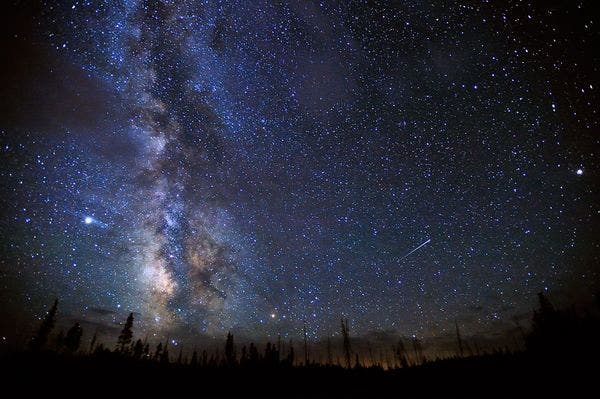Right after midnight, the Taurid meteor shower are expected to peak, providing a delightful light show. The North Taurid meteors derive their name from the constellation Taurus the Bull. If you trace the paths of the Taurid meteors backward, you’ll see they appear to radiate from near the famous Pleiades star cluster of this constellation on their peak nights.
Of course, not all of us are so well versed in astronomy, so the easiest way to find the best vantage point is if you look for Jupiter, which this time of years is positioned right in front of Taurus. The meteor shower is particularly slow compared to others, like the dazzling Perseids, spanning only at about 10 meteors per hour. I know this isn’t quite the best timing, seeing how it’s a Monday night and most of us have work scheduled for tomorrow, but really how often do you get the chance to catch a full fledged meteor shower? The next one is really close, a heavier-than-average shower, the famous Leonid Meteor Shower scheduled for Nov. 17, but the one right after is barely on Dec. 13 – the Geminid Meteor Shower.
A bit of background on the Taurids via earthsky.org:
“The Taurids are an annual meteor shower associated with the comet Encke. They are named after their radiant point in the constellation Taurus, where they are seen to come from in the sky. Because of their occurrence in late October and early November, they are also called Halloween fireballs.”
“The Taurids are believed to be remnants of a much larger comet, which has disintegrated over the past 20,000 to 30,000 years, breaking into several pieces and releasing material by normal cometary activity or perhaps occasionally by close encounters with the tidal force of Earth or other planets. In total, this stream of matter is the largest in the inner solar system. Since the meteor stream is rather spread out in space, Earth takes several weeks to pass through it, causing an extended period of meteor activity, compared with the much smaller periods of activity in other showers. The Taurids are also made up of weightier material, pebbles instead of dust grains.”










